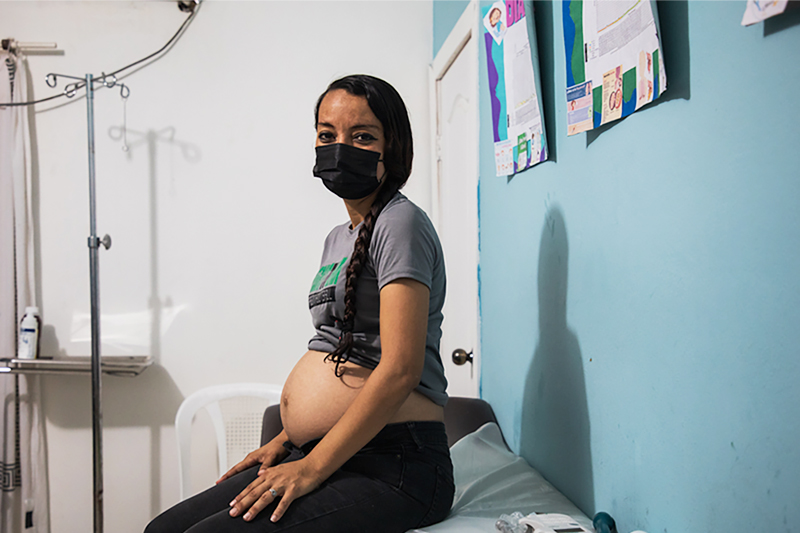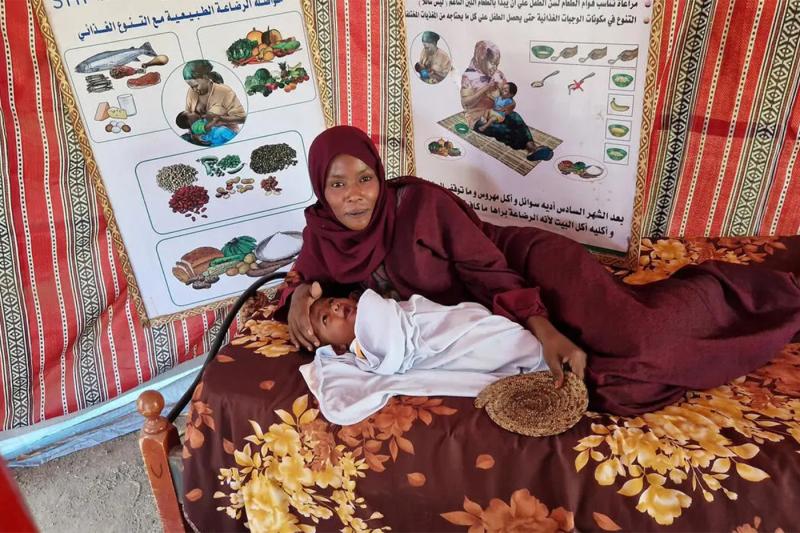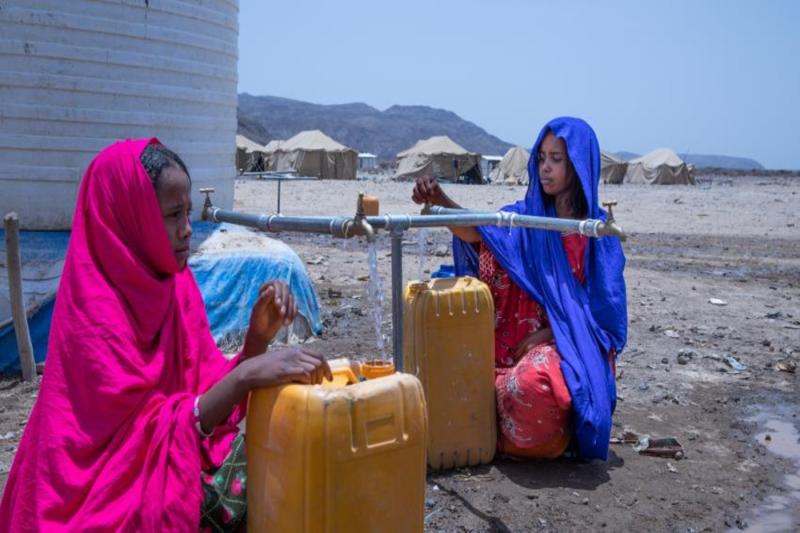
Supporting the least funded and forgotten emergencies
When a humanitarian emergency fails to make headlines, more often than not it will also fail to attract donations, affecting the delivery of life-saving support to vulnerable people.
Underfunded emergencies’ grants, allocated twice a year from the Central Emergency Response Fund (CERF), can mean the difference between life and death for people affected by conflict, climate disasters, hunger and other humanitarian emergencies.
This special funding mechanism makes it possible for relief agencies to deliver aid immediately, providing essentials such as clean water, shelter and food to some of the world’s most vulnerable people at their time of greatest need. It also helps draw attention – and additional funding – to humanitarian crises that are far from the public eye.
In 2022, a quarter of a billion US dollars was allocated to boost humanitarian operations in 23 countries in Africa, the Americas, Asia and the Middle East.
“This assistance was like it was sent from heaven,” said Rahamatou Nayoussa, a 50-year-old widow in Niger, one of the 13 countries where relief agencies got funding early in 2022.
Nayoussa said the cash support she received, through the World Food Programme, will help tide over her family of eight during the lean season, following a catastrophic harvest in 2021. Like many other farmers in Niger’s Tahoua region, she lost most of her crops to a severe drought. Nayoussa says the cash support will now enable her to return to her fields.

Cash support has also made a huge difference for Rubin, a mother of three who struggles to feed her family amid Syria’s conflict and plummeting economy. When she was pregnant with her third child, Rubin was diagnosed with calcium deficiency and was warned this put her baby at risk. The doctor told her she needed to consume dairy products every day, an additional expense she could not afford. The Aga Khan Foundation (AKF) “asked me if I wished to sign up for food assistance, including an e-voucher I could redeem for fresh food.” Rubin immediately agreed. “I knew that with the voucher, I would be more capable of managing my family’s nutrition needs.”
CERF funding also provided humanitarian help in Myanmar, where volunteer auxiliary midwife (AMW), 35-year old Naw Hsar Htoo, provides life-saving nutrition services despite the constant threat of armed clashes that leave villagers living in fear.

Since she completed the midwife training provided by UNICEF and Première Urgence Internationale (PUI) in July 2021, Naw Hsar Htoo has been volunteering in her village in Kawkareik township, which has been the scene of increasingly frequent skirmishes. “PUI staff are not able to come to our village due to the fighting, but I am still providing nutrition services, with limited resources, even in this crisis situation,” says Naw Hsar Htoo.
CERF allocations also helped train health sector volunteers, as well as medical supplies and equipment, in and around San Pedro Sula, Honduras, a flood-prone city regularly battered by hurricanes and other major storms.

Kensi, 30, says she and her partner planned her pregnancy with support from UNFPA-trained community volunteers. “The trust we have with the volunteers is important, they have to be patient with us pregnant women,” she said as she waited for her check-up at a health centre in the La Planeta neighbourhood, where storms and flooding often disrupt access to critical health services.
The January 2022 allocation included funding to repair damaged health facilities, provide supplies and equipment to health centres, and support services for survivors of gender-based violence.
In many cases, CERF funds make it possible to provide people with the support they need to get their life back on track.
Sana, 32, says the support she received from an NGO helped her regain her peace of mind and ease family tensions fuelled by Lebanon’s devastating economic crisis. Unable to find work and worried about their two children’s future, she and her husband would fight regularly. “I wanted to quit, I wanted to sleep and never wake up,” she says.

Eventually, she sought help at a CERF-funded safe space run by Concern Worldwide, with support from UNFPA. Talking about her worries and her emotional state was a great help, she says. Sana was also given cash assistance. She says she could finally buy fresh vegetables and pay for school support for her two boys. "It is a heavy weight lifted off my shoulders knowing that I am at ease with my family.”
READ all the latest stories here:
Haiti, Honduras, Lebanon, Myanmar, Niger, Syria
----------------------------------------------------
In January, CERF’s first UFE 2022 allocation round released $150 million for relief operations in:
- Syrian Arab Republic ($25 million)
- Democratic Republic of the Congo ($23 million)
- Sudan ($20 million)
- Myanmar ($12 million)
- Burkina Faso ($10 million)
- Chad ($10 million)
- Niger ($10 million)
- Haiti ($8 million)
- Lebanon ($8 million)
- Madagascar ($7 million)
- Kenya ($6 million)
- Angola ($6 million)
- Honduras ($5 million)
A further $100 million was released in September, to support humanitarian operations in 11 countries.
Links:
Allocation summary (UFE 2022): Allocation Summaries | CERF (un.org)
CERF data hub (UFE 2022): Home - CERF Data Hub (unocha.org)


